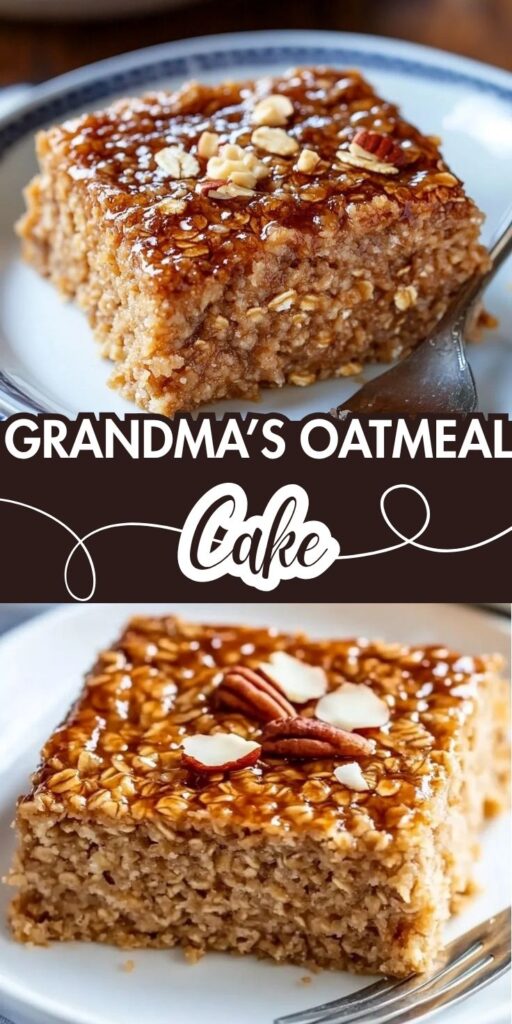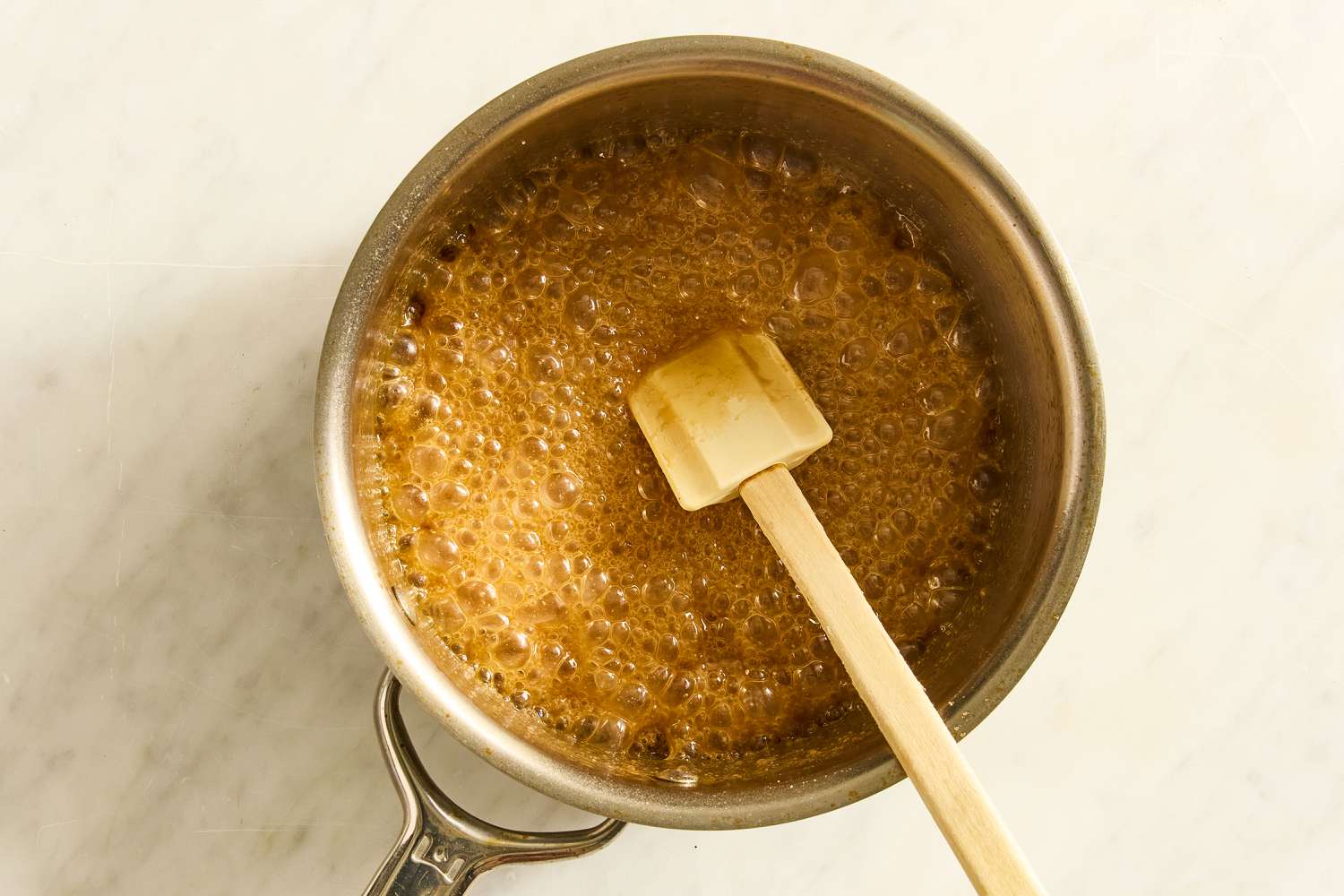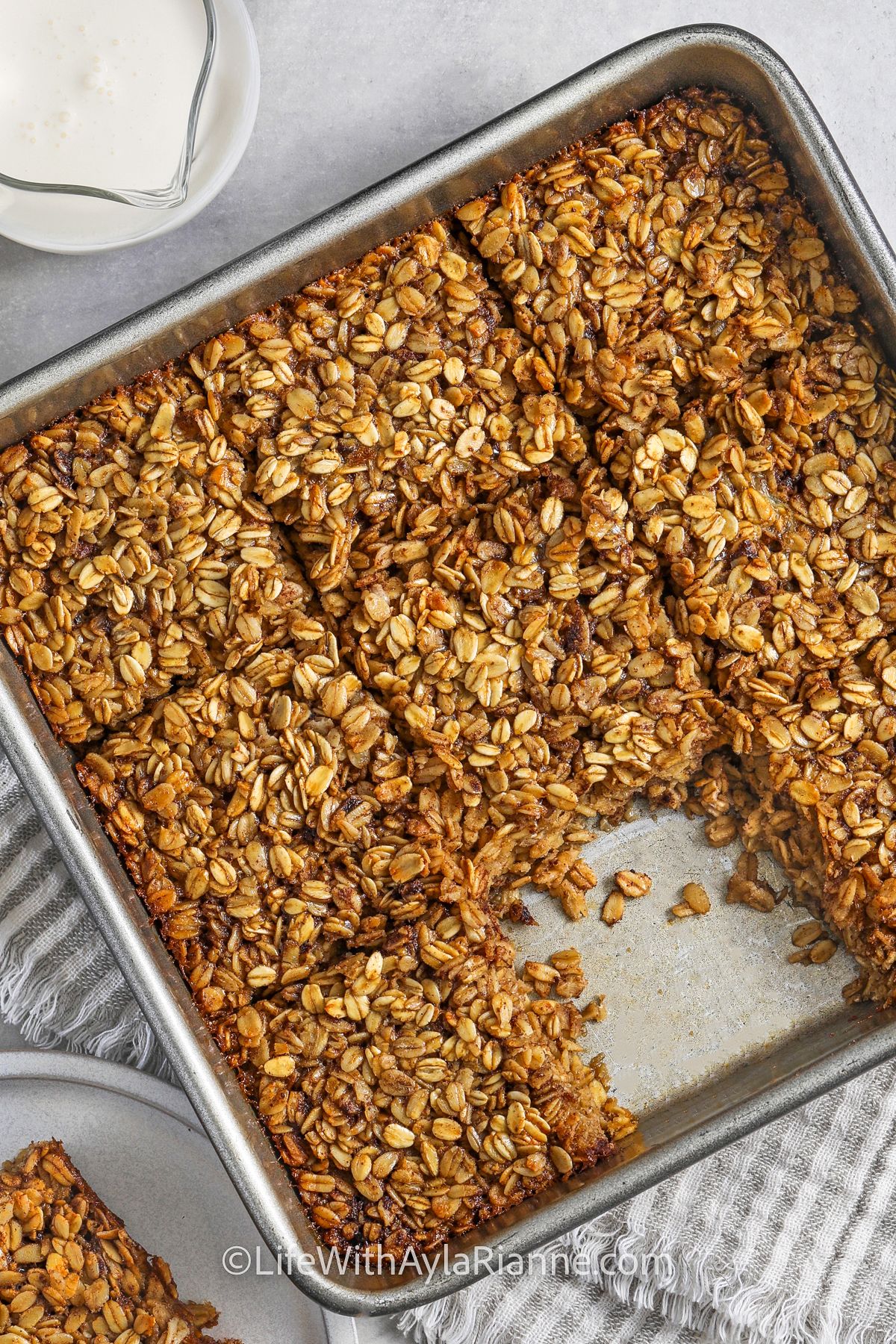Note
Grandma’s Oatmeal Cake is a treasured classic — rich, moist, and topped with a buttery coconut-pecan broiled topping that gives it a warm, nostalgic charm.
It’s a cake that brings comfort, especially when shared with family and friends.
To ensure your oatmeal cake turns out just like Grandma used to make (or better!), here are some essential tips and clever serving tricks.
1. Use Old-Fashioned Rolled Oats (Not Quick Oats)
The texture of the cake largely depends on the oats. Old-fashioned rolled oats are ideal as they absorb the boiling water perfectly, softening into the batter while still giving a rustic chew. Quick oats can make the cake too soft or mushy, and steel-cut oats won't soften properly.
Tip: Soak the oats in boiling water for a full 15–20 minutes to allow them to plump up and cool down before mixing into the batter. This is the secret to a moist crumb!
2. Don’t Overmix the Batter
Once you've added the dry ingredients to the wet ingredients, mix just until combined. Overmixing can lead to a dense, tough cake rather than the soft, tender texture you want.
Tip: Use a spatula or spoon rather than a hand mixer during this step to avoid overworking the batter.
3. Use Room Temperature Ingredients
Bring your eggs and butter to room temperature before starting. This ensures they blend smoothly into the batter, creating a more even and consistent cake.
Tip: If you're short on time, place eggs in a bowl of warm (not hot) water for 10 minutes, and microwave butter for just 10–15 seconds to soften slightly.
4. Enhance Flavor with a Dash of Spice
While not in every recipe, adding a pinch of cinnamon or nutmeg to the batter gives the cake a subtle warmth and depth of flavor.
Tip: Try ½ tsp cinnamon and a pinch of nutmeg for a spiced variation that still respects the original.
5. Use Brown Sugar for Deeper Flavor
Both in the cake and in the topping, brown sugar provides moisture and a rich, caramel-like depth that white sugar lacks. Light or dark brown sugar both work, but dark brown will give a deeper molasses note.
6. Broil the Topping with Care
The signature topping — a mix of butter, brown sugar, coconut, and chopped pecans — should be broiled just until bubbling and slightly golden. Keep a close eye on it to avoid burning.
Tip: Broil on the middle rack (not the top) to prevent the sugar from scorching too quickly. It usually takes 2–3 minutes, but ovens vary.
7. Let the Cake Cool Slightly Before Serving
Oatmeal cake is best when it’s slightly warm, not piping hot. This allows the topping to set slightly and the flavors to meld. It also helps with cleaner slicing.
8. Serve with Complementary Sides
This cake pairs beautifully with a dollop of whipped cream, a scoop of vanilla or butter pecan ice cream, or even a drizzle of caramel sauce.
Tip: For an elegant twist, serve warm slices alongside cinnamon-spiced apples or poached pears.
9. Make It Ahead
This cake stays moist for days thanks to the oats and brown sugar. You can bake it a day ahead, cover it tightly, and warm slices individually when ready to serve.
Tip: Warm individual slices in the microwave for 10–15 seconds to revive that just-baked taste.
10. Store It Right
Store leftover cake covered at room temperature for up to 3 days, or in the fridge for up to 5. The topping keeps its texture best when stored at room temperature.
Serving Suggestions
This cake is perfect served warm, at room temperature, or even cold from the fridge. Add a dollop of whipped cream or a scoop of vanilla ice cream if you're feeling indulgent. It’s a fantastic dessert, but also makes a cozy afternoon snack or breakfast treat (Grandma wouldn’t judge!).
Tips & Variations
- Make Ahead: The cake can be baked a day in advance. Store it covered at room temperature or refrigerate for longer storage.
- Nut-Free Option: Omit the pecans or replace them with sunflower seeds or more coconut.
- Spice It Up: Add a pinch of ground cloves or ginger to the batter for extra depth.
- More Moisture: Stir in 1/2 cup of applesauce or mashed banana for added softness.
A Slice of History
This cake became popular in mid-century America, often appearing in church cookbooks and potluck dinners. Its appeal lies in its simplicity — no layers, no frosting, just a dense, moist cake with a sticky-sweet topping. Grandma’s version might have come from a yellowed recipe card tucked inside a flour-dusted tin, carefully handwritten in looping cursive with stains of vanilla and butter dotting the corners.
It’s one of those comforting recipes where the ingredients are always on hand, and the result is always delicious. The broiled topping is what truly sets it apart: nutty, chewy, caramelized — the kind of finish that makes you close your eyes with the first bite.
Conclusion
Grandma’s Oatmeal Cake isn’t flashy or overly complicated, and that’s precisely why it’s so loved. It’s homey, warm, and full of flavor — the kind of dessert that brings people together around a table. Whether you’re sharing it with family, baking it for a potluck, or just craving a taste of the past, this timeless cake is sure to hit the spot.
So pull out your mixing bowls and treat yourself to a slice of nostalgia. After all, some of the best recipes are the ones that taste like memories.


 Preheat your oven to 350°F (175°C) and grease a 9x13-inch baking pan. In a large mixing bowl, cream together the softened butter, granulated sugar, and brown sugar until fluffy and light. Add the eggs one at a time, beating well after each addition. Stir in the vanilla extract.
Preheat your oven to 350°F (175°C) and grease a 9x13-inch baking pan. In a large mixing bowl, cream together the softened butter, granulated sugar, and brown sugar until fluffy and light. Add the eggs one at a time, beating well after each addition. Stir in the vanilla extract. Once the cake is baked, remove it from the oven and immediately spread the topping evenly over the hot cake. Switch your oven to broil and place the cake back in, about 6 inches from the heat source. Broil for 1–2 minutes, watching closely, until the topping is bubbling and golden brown. It should develop a slightly crispy texture — don’t let it burn! Let the cake cool for at least 20–30 minutes before slicing.
Once the cake is baked, remove it from the oven and immediately spread the topping evenly over the hot cake. Switch your oven to broil and place the cake back in, about 6 inches from the heat source. Broil for 1–2 minutes, watching closely, until the topping is bubbling and golden brown. It should develop a slightly crispy texture — don’t let it burn! Let the cake cool for at least 20–30 minutes before slicing.

